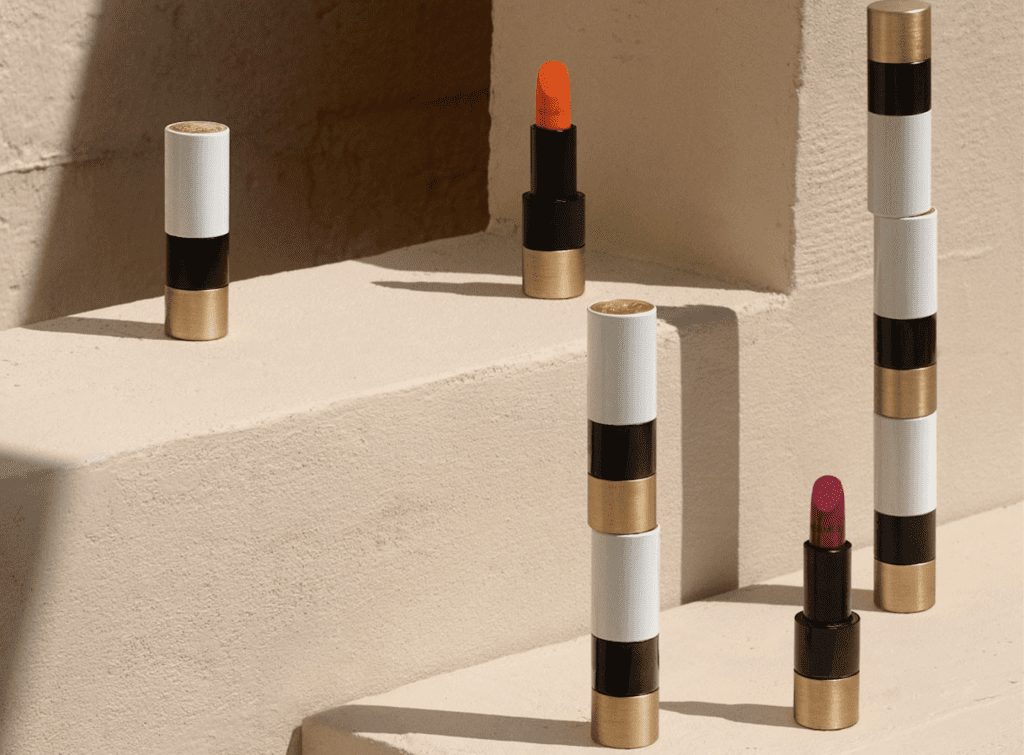What do Chanel bags and Hermès cosmetics have to do with a French global services tax? More than meets the eye. The Trump administration revealed late last week that it will impose a 25 percent tariff on $1.3 billion worth of French handbags, cosmetics, and soaps in response to France’s year-old Digital Services Tax, which imposes a tax on the digital earnings of companies that generate a certain level of global and French revenues. Given that Facebook Inc., Google, Amazon, and Apple are among some of the most heavily-impacted entities, the United Stated government believes the law unfairly targets American tech companies.
In the wake of the enactment of the French law last year, U.S. Trade Representative (“USTR”) Robert Lighthizer threatened to levy tariffs on as much as $2.4 billion worth of French goods that are imported into the U.S. In a statement in December 2019, Lighthizer pushed back against the law, which puts a 3 percent tax on digital services companies that generate at least 750 million euros ($845 million) in global revenue and have digital sales of 25 million euros ($28 million) in France, stating that “the law deliberately targets U.S. companies,” and as a result, the government must “send a clear signal that the United States will take action against digital tax regimes that discriminate or otherwise impose undue burdens on U.S. companies.”
That signal, as of last year, was the proposed implementation of tariffs on $2.4 billion-worth of French-made products, including champagne, cosmetics, and luxury goods like Louis Vuitton and Chanel handbags, among other French products.
While the USTR has not yet “followed through on that tariff threat because France agreed to suspend collection of its digital services tax during negotiations on a multilateral agreement at the Organization for Economic Cooperation and Development,” per Politico, the government is preparing to impose the tariffs – now at a rate of a 25 percent on $1.3 billion worth of products – within the next six months assuming that the negotiations fall through.
In terms of the new $1.3 billion figure, “U.S. trade officials say that the final retaliation figure announced reflects the value of U.S. digital transactions covered by France’s 3 percent digital services tax, which is estimated to be in the range of $15 billion per year, and the amount of taxes that France is expected to collect from U.S. companies.”
As we noted late last year, the potential tariffs are expected to hit some brands harder than others. Paris-headquartered Louis Vuitton, for instance, is relatively well hedged should the import taxes come into play given that in addition to its French and other European factories, it maintains a growing network of American operations, including a factory in Johnson County, Texas, which opened in 2019, and factories in San Dimas and Irwin, California. These manufacturing outposts have enabled the LVMH Moët Hennessy Louis Vuitton-owned brand to make “approximately half the bags” it has sold in the U.S. over the past 30 years on U.S. soil, the New York Times’ Vanessa Friedman reported last year. They would also allow Louis Vuitton to sidestep the bulk of the anticipated tariffs.
Rivals like Chanel, conglomerate Kering (which owns Gucci, Balenciaga, Yves Saint Laurent, and Bottega Veneta, among other brands), and Birkin-maker Hermès, on the other hand, do not maintain expansive manufacturing operations in the U.S., and thus, are likely to be in more precarious positions when it comes to importing luxury goods into the U.S. should the tariffs come into play.
Supply Chain Risks
The impending tariffs are the latest example of the increasingly apparent risks that fashion and luxury brands (and beyond) face in connection with the supply chains behind their multi-billion dollar, globally-reaching operations. The COVID-19 pandemic and the resulting disruptions to companies’ operations – particularly for those that rely significantly on China and Italy-made goods (two countries that were severely impacted by the health crisis) – shed light on the potential need for companies to rethink and likely diversify their manufacturing models if they have not begun to do so already.
COVID “has already exposed the vulnerabilities of many organizations, especially those who have a high dependence on China to fulfil their need for raw materials or finished products,” according to Deloitte’s COVID-19-specific “Managing supply chain risk and disruption” report, which noted that “some companies are better prepared than others to mitigate the impact [of the crisis]. These companies have … diversified their supply chains from a geographic perspective to reduce the supply-side risks from any one country or region.”
This same rationale applies in non-pandemic situations, as well, such as when the imposition of tariffs threatens a company’s margins (as in the case at hand), or in light of price/currency fluctuations or issues in terms of transportation, which could impact suppliers and thus, brands, themselves. With these scenarios and others in mind, Tim Ryan, the U.S. chairman and senior partner at PwC said in March, said that he sees the “focus” of many Fortune 100 companies, in particular, including those in the retail sector, “being on diversification” as a way to proactively mitigate supply chain risks.
While Louis Vuitton, which maintains the title of the largest luxury goods brand in the world, has been in the midst of doing just that, with its latest domestic factory serving as a vehicle for it to “hedge against the risk of trade disputes between the U.S. and European Union,” for example, as the WSJ put it this fall, other companies would be smart to follow suit, either by way of their own factories or via third-party suppliers to the extent possible.














